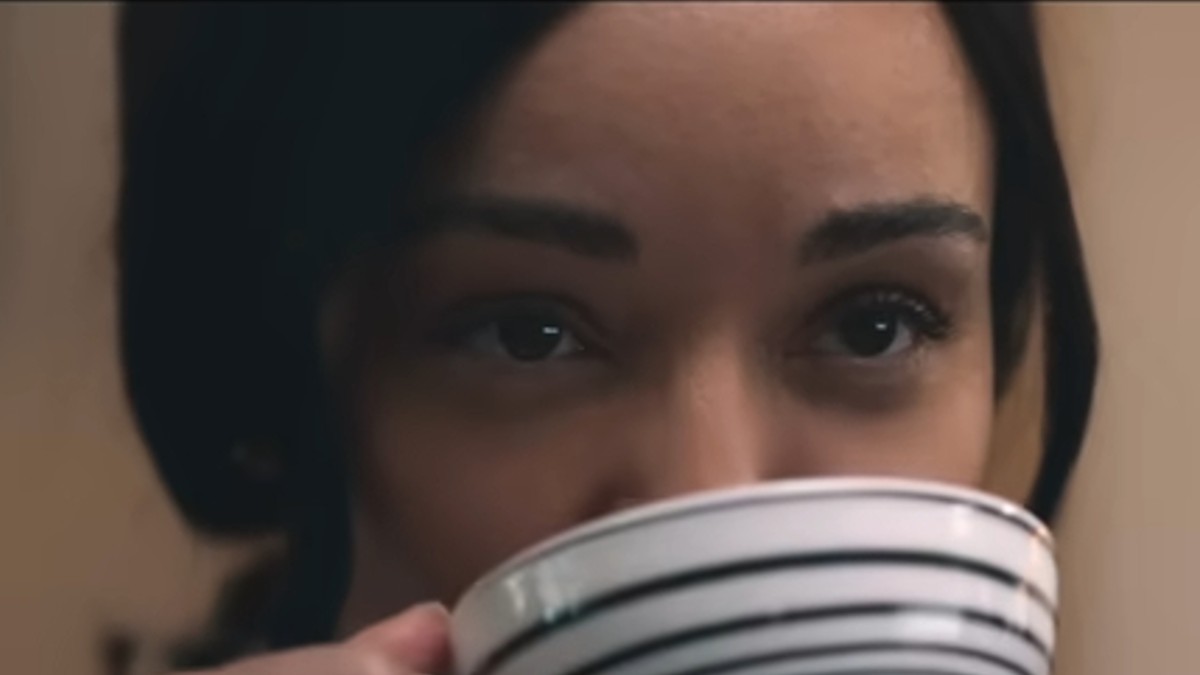The Strays has been one of Netflix‘s most popular movies, tackling such themes as racism, otherness, and betrayal. The British thriller ended dramatically in death and a family destroyed, but this story was doomed from the start. It stands alongside Netflix’s spooky We Have a Ghost starring Anthony Mackie, which has also been a success for the streamer, only The Strays is not at all comical.
The movie is more like Jordan Peele’s Us meets Black Mirror in its subject matter and social commentary. In 2003, Cheryl, a light-skinned Black woman, is frustrated with the hardships of racism and constitutionalism. She feels like she deserves more out of her life after winning saleswoman of the year and she’s having relationship issues with her boyfriend. She abruptly walks out of her life and never looks back, but she’ll learn that the past has a habit of catching up with you when you least expect it.
Cheryl’s new life
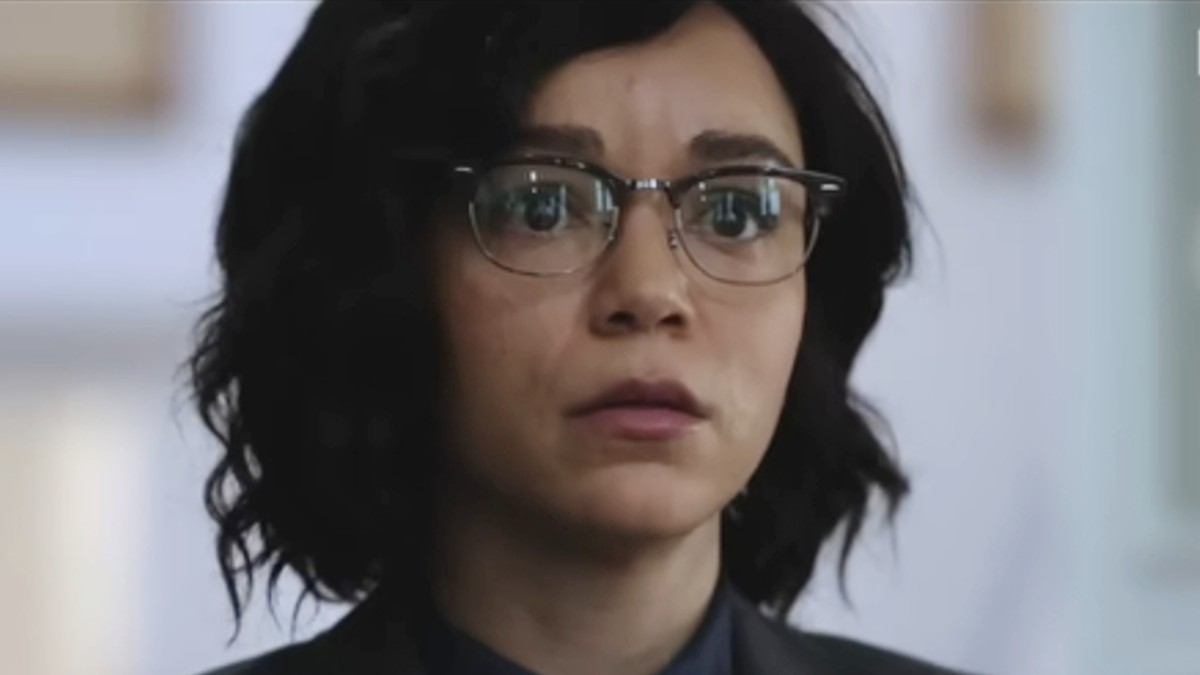
Years later, she’s living in a middle-class suburb, she’s changed her name to Neve, and she works as a deputy headmistress at her children’s her hair is straightened. She’s living with her white husband and biracial children. none of this is insidious unto itself, but it’s her dismissal of Blackness and Black culture that reveals her unfavorable nature.
“Neve” tries to steer her white-passing children, Sebastian and Mary, away from anything that doesn’t fit into her idea of a picture-perfect world. She disapproves of Sebastian’s interest in rap and his friendship with the school janitor who’s Black, and she looks concerned at her daughter’s baby hair when she comes home with corn rows. Mary looks down upon anything associated with Blackness, and it’s affecting her mental state. There’s a scene where she sees a figure coming towards her house and she freaks out, but when they enter, it’s her daughter with her new hairstyle.
The truth comes out
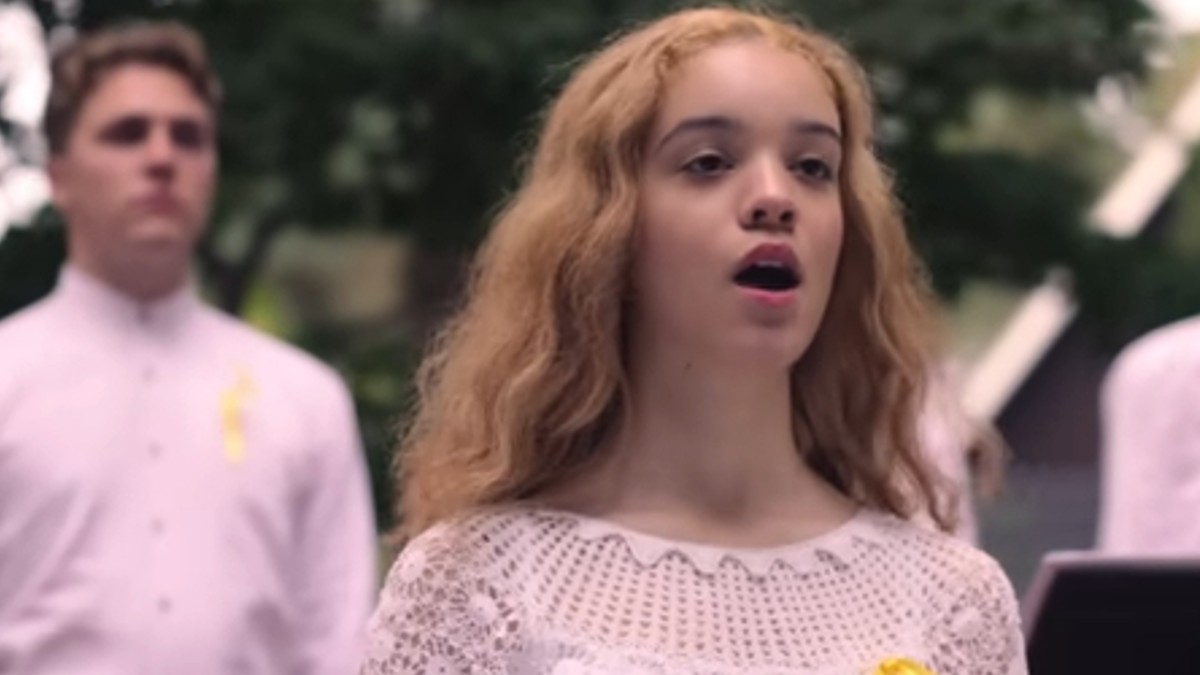
When she holds a charity event to supply antibiotics for those in need. She seems to pour her heart out for the cause and yet it comes off as disingenuous. She has sympathy for those people in an abstract way, but in her own life, she’s actively harmful. During the event, Mary and her fellow schoolmates sign “The Dream of Gerontius,” a poem about traveling from death through Purgatory to be in heaven with God. It’s an apt metaphor for Neve’s mission in life.
Neve’s world is disrupted when she spots two Black young people arrive. She marches through the crowd and screams for them to leave…but they turn out to be her other children that she abandoned. Neve didn’t just get rid of her old life, she abandoned her kids too, Carl and Dione. After learning this, she doesn’t transform into another person. She goes to a restaurant with them and shifts the blame onto their father, and even blames her new husband for not wanting to raise Black kids. She then offers them $20,000 to go back to London. They take the money and Neve is pleased with the idea of returning to her fabricated life.
The strays make their moves
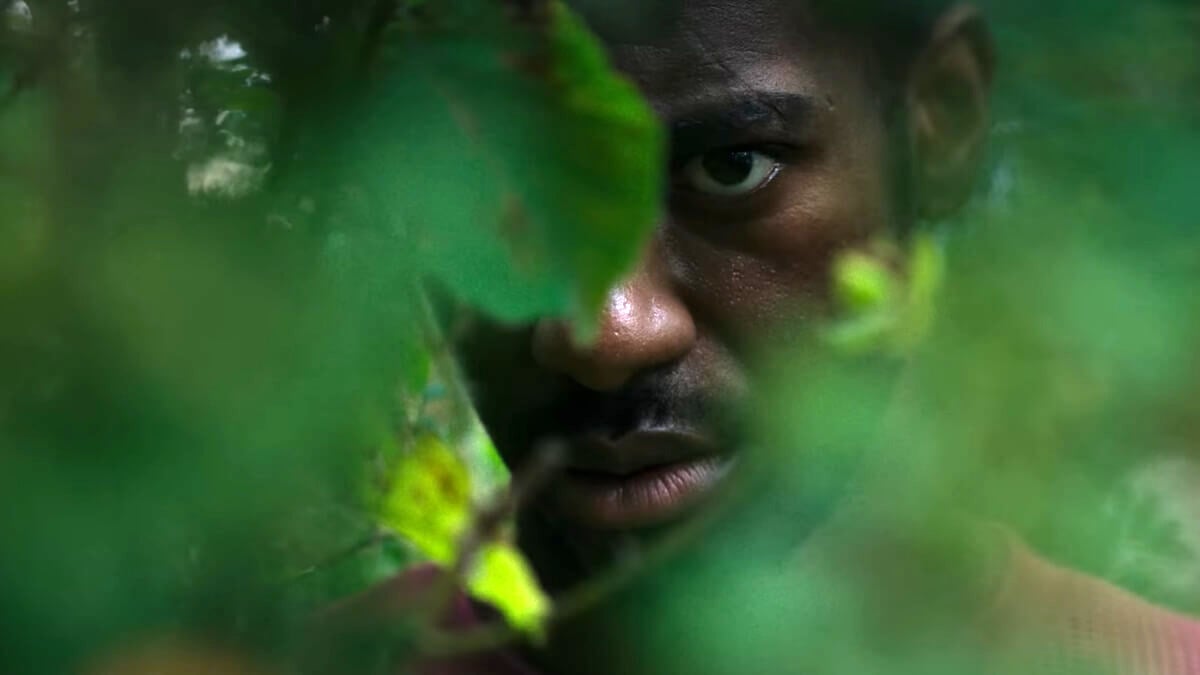
Carl and Dione had become close to Neve’s children from her new family, though the first siblings resented the new siblings and their privileged lives. Carl and Dione show up at Neve’s home and hold the family hostage. The vengeful siblings take the family’s phones, have the family sing “Happy Birthday” play games with the family, torture them with their possible demise, and turn on the faucet to flood the home. Carl takes Ian to the weight room and forces him to do benchpresses until he can’t anymore, the bar comes down and kills him, an act that the rest of the family doesn’t see.
When the doorbell rings, Neve goes to answer it, and it’s Chinese food. The original siblings ordered it for Dione’s birthday. She goes to get her purse to give a tip to the deliveryman, but when she leaves the room, the kids hear the engine of her motorcycle driving off. Neve has left her entire family behind.
Neve’s inner demons
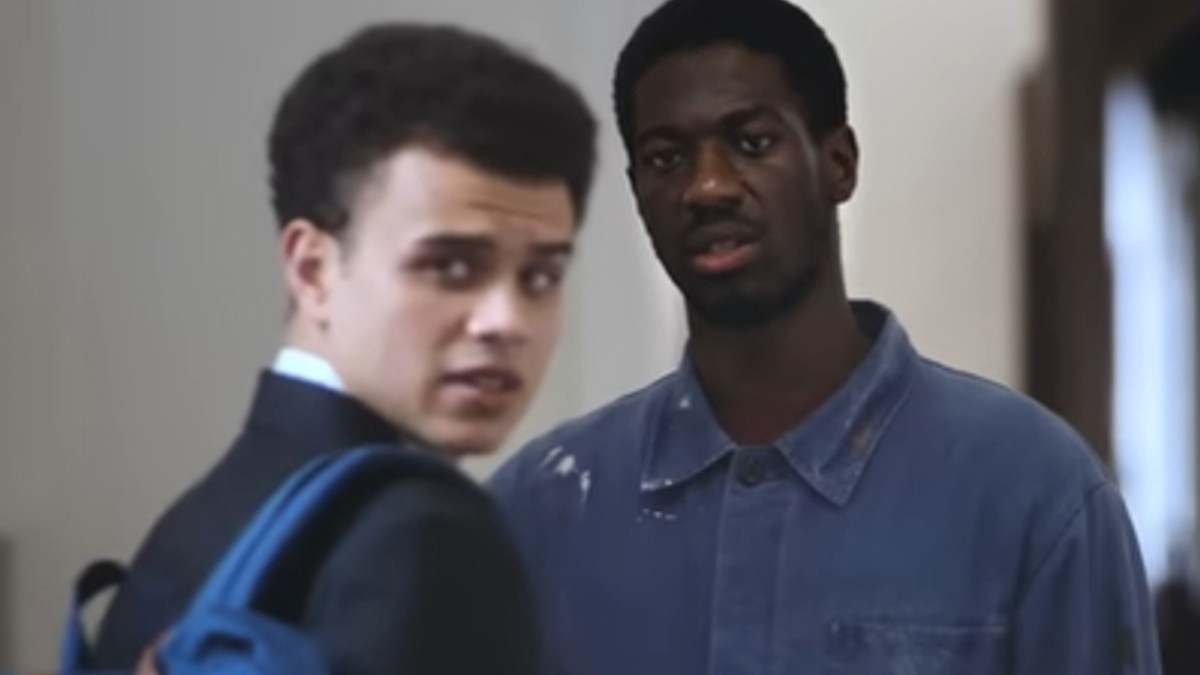
The true villain of this story was Neve. She’s the one who created this situation by not being there for Carl and Dione and trying to maintain a fabricated life built on the exclusion of others and the denial of her Black identity. Neve’s biggest issue is her own self-hatred. She didn’t want to be reminded of who she is. Her first two children are clearly disturbed, and there’s potential generational trauma at the root of this. The story demonstrates how hard it is to break vicious cycles and how one person’s selfish actions can impact so many others.
Neve benefitted from colorism because of her light skin and can more easily assimilate into the dominant culture. Neve had her own privilege and she weaponized it to strengthen her foothold in this society. Ironically, it’s this destructiveness meant for the other that brings her own destruction, and to make the association even more clear, it’s reciprocated by her own children. Carl and Dione are dark-skinned and represent that which Neve wants to separate herself from in her efforts to cling to whiteness. Neve demonizes them, and because of her own bigoted actions, her children become criminals.
In the end, Neve is shown to be incapable of love because she’s so broken. It’s not just Carl and Dione who she looks down upon, she wants Sebastian and Mary to act a certain way and her affection for them has conditions. When the situation gets too difficult for her, she abandons all of her children, so in a deeper context, they’re all strays. She was never a good mother at any point in this tragedy. She was abusive, cruel, and judgmental.
There were signs all through the movie that she wasn’t in the right state of mind. Neve kept scratching her hair like something was always nagging her. And unlike the oblivious white people in her community, she knows firsthand the plight that Black people go through, and yet she chooses ignorance to sever herself from its effects.
The final scene is of all four kids staring blankly as the song “If You’re Not White, You’re Black,” by Lord Kitchener, which sums up the message of the movie. Despite how hard Neve tried, she couldn’t fully hide who she was.

